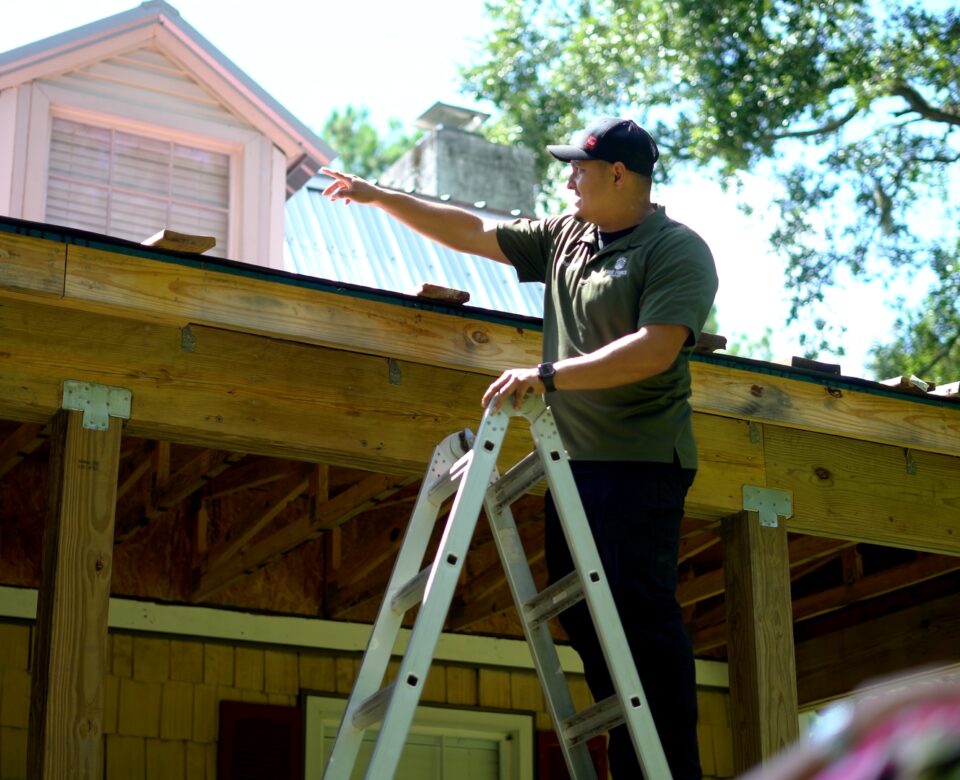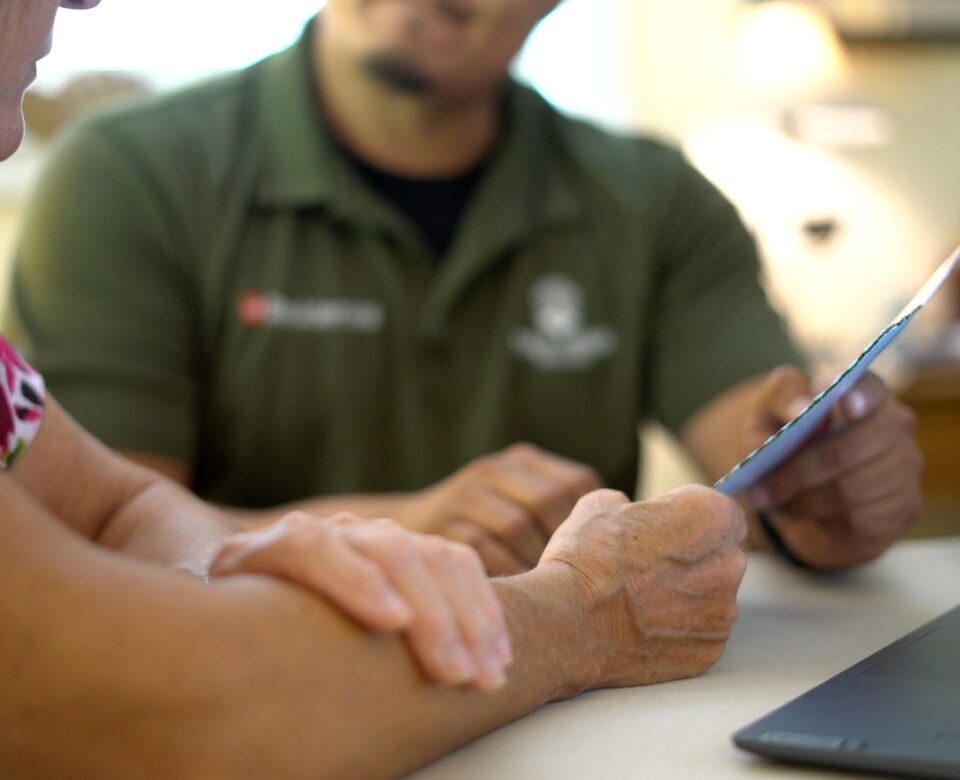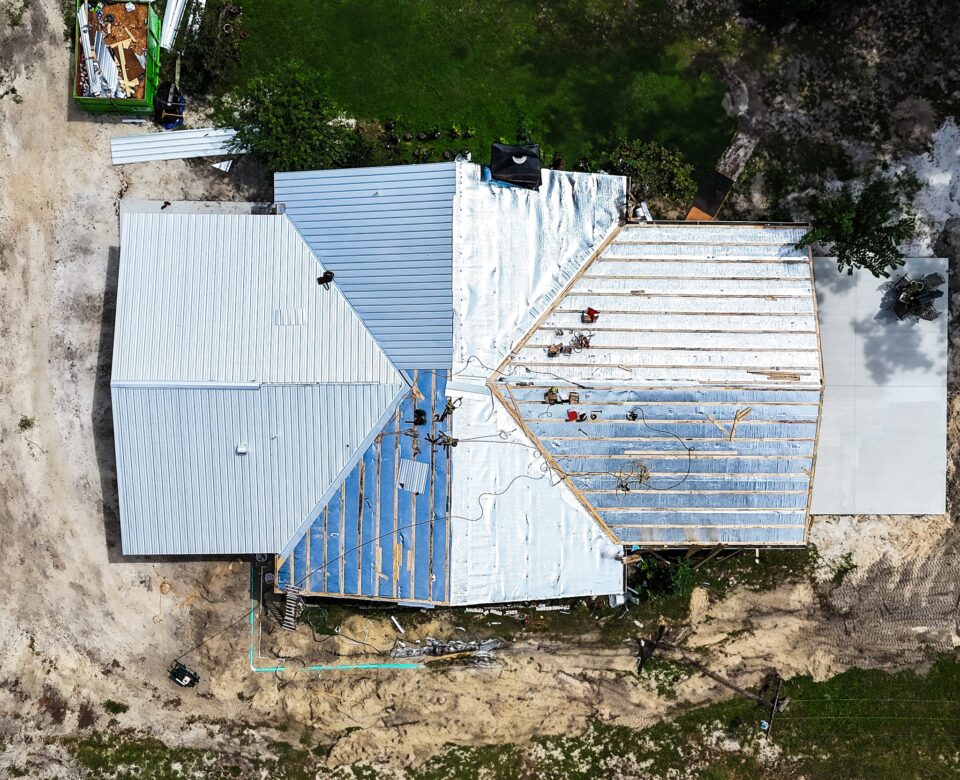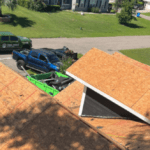
Critical Measures: Emergency Roof Leak Repair Essentials
December 13, 2024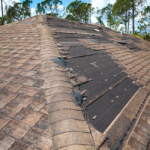
Leak Alert! Quick Fixes for Repairing a Leaking Roof
December 27, 2024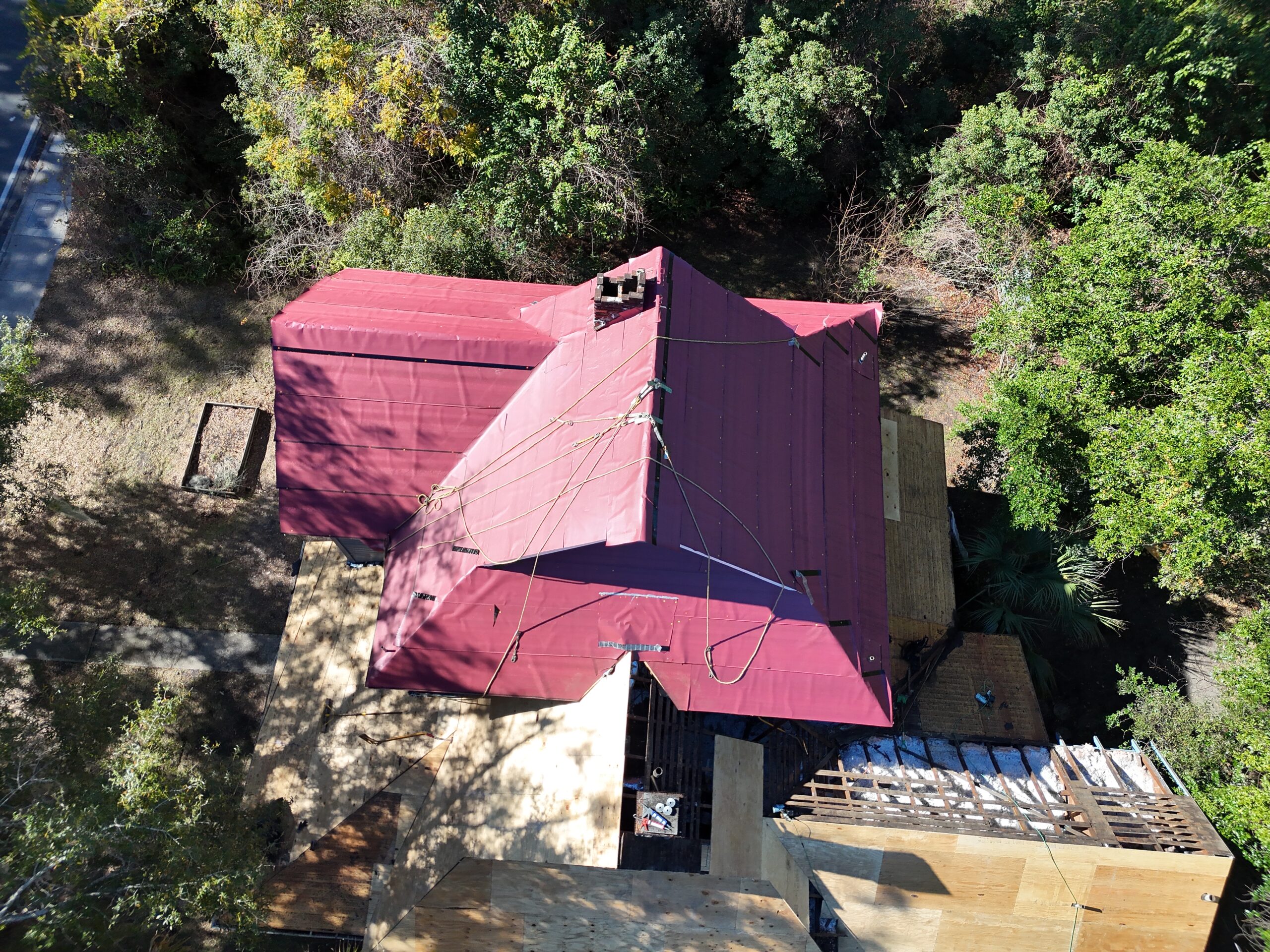
Detecting a Roof Leak
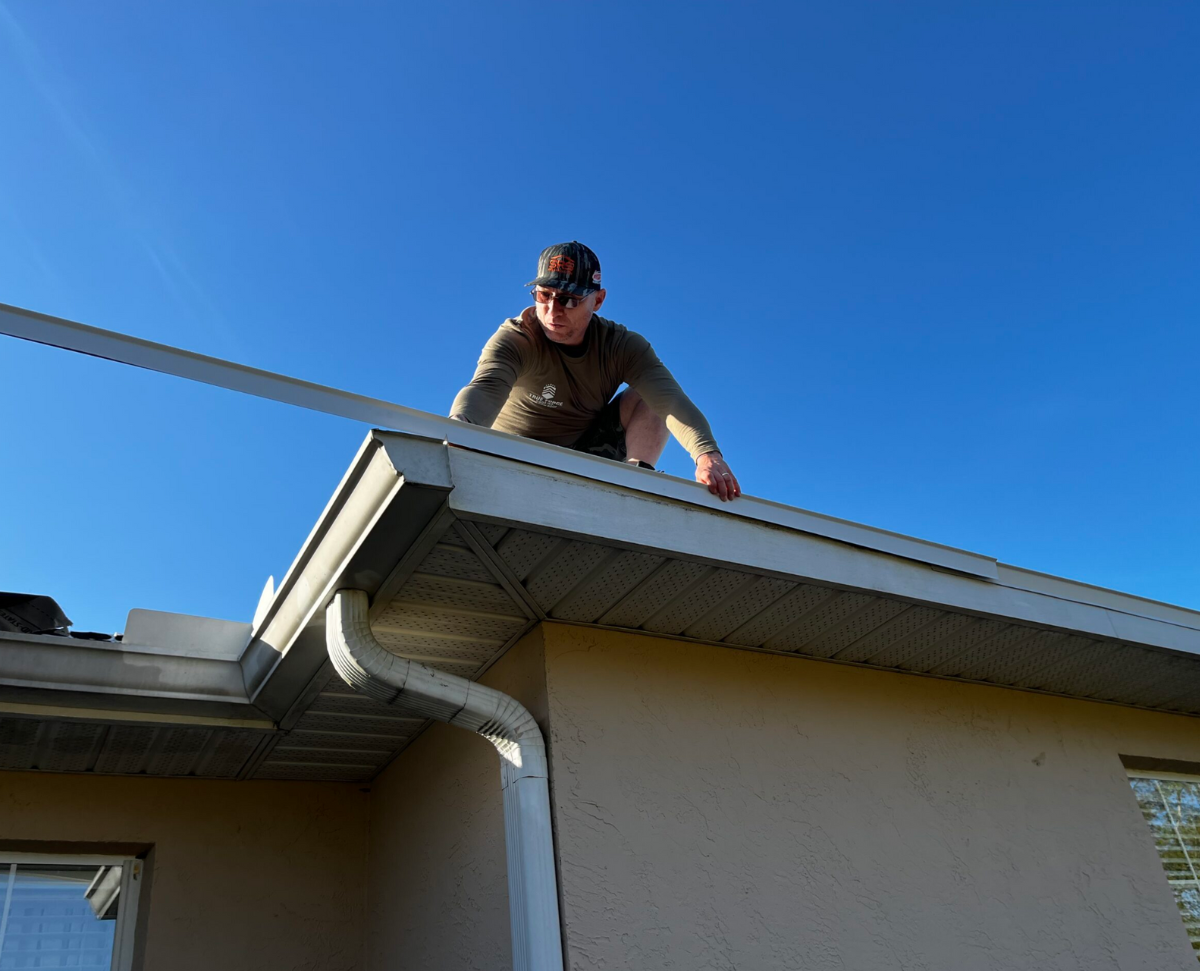
Spotting a pesky roof leak early can be the difference between a simple fix and a repair bill that could fund a holiday. Knowing which signs to look for means you can jump into action, saving your home from water woes and keeping your wallet intact.
Signs of a Roof Leak
Your house might be trying to tell you something with these signs:
|
Sign |
Description |
|
Water Stains on Ceilings |
Those weird spots on the ceiling that look like a map of a small island? Yep, that's likely water sneaking in. |
|
Damp or Musty Smells |
Got a whiff of damp basement when you're not in the basement? That's a red flag for hidden moisture. |
|
Paint or Wallpaper Peeling |
If your walls are shedding their skin like a snake, it's usually due to water getting cozy where it shouldn't. |
|
Sagging Ceiling |
A ceiling that's bending under pressure is like a big, dramatic soap opera twist you don't want. |
Keeping an eye out for these can catch leaks before they become big, soggy problems.
Importance of Prompt Detection
Catching a leak fast isn't just smart; it's essential. Quick action limits the chaos water can cause. Fixing a small leak can help avoid structural issues with your roof, ceilings, and walls.
Detecting leaks sooner rather than later spares you from a financial headache. Nip it early, and you might only need a minor tweak rather than a major renovation. Plus, less water running amok means better air quality inside. No need for musty air to linger—mold and mildew can make breathing a challenge.
Recognizing these signs and jumping on them quickly means you're dodging bigger issues down the line. By staying sharp and fixing roof leaks pronto, you're not just protecting your home; you're also stacking the odds in favor of your roof staying strong and sturdy for years to come.
Initial Steps

When you're staring down a potential roof leak, the first thing to do is give your home and attic a once-over to catch any sneaky signs of water trying to crash the party.
Interior Inspection
Step one: take a good, hard look around the inside of your place. Start by searching for water stains on the ceiling and walls or near windows.
These stains might have the audacity to appear as dark patches or soggy spots. Watch out for peeling or bubbles in the paint, as these can be tell-tale signs of an unwanted moisture guest beneath the surface.
Leaks usually like to announce themselves during or just after rain, so keep an eye on your space during wet weather.
|
Signs of a Roof Leak in the Interior |
|
Water stains on ceilings and walls |
|
Damp or discolored patches |
|
Peeling or bubbling paint |
Attic Examination
Next up, the attic. If you can get up there, look for any hints of water nosiness like damp insulation, stains on the inside of the roof, or little pools of water.
Pay special attention to the spots where the roof and attic meet, especially the valleys, vents, chimneys, and plumbing stacks – those are prime hangout areas for sneaky leaks.
It’s best to do this check when the sun’s out, as natural light can spotlight any water drama real quick.
|
Signs of a Roof Leak in the Attic |
|
Damp insulation or rafters |
|
Water stains on the underside of the roof deck |
|
Puddles of water |
By getting thorough with your indoor and attic detective skills, you’re setting up a plan to figure out and tackle any pesky roof leaks.
Narrowing Down the Source
Facing a roof leak can feel like dealing with your home's version of a leaky faucet—annoying and needing fixing pronto. Before you start panicking, finding out where the water's sneaking in is the first step to stopping it.
Inspecting the Roof Exterior
Giving your roof a good once-over is a must for spotting trouble. Start by checking things out from the ground. Look up and see if anything screams "help," like missing shingles, cracked flashing, or gutters stuffed to the brim. You might even want to grab some binoculars to get a better view without having to play superhero and climb up there straight away.
If it looks like a job for closer inspection, grab a stable ladder and take the climb with caution. When you’re up there, watch for sneaky water entry points — gaps in the roof, bad seals around items like vents or chimneys, and the like.
Identifying Common Leak Sources
Knowing typical spots where leaks like to crash is half the game. Put your detective cap on, and focus on these usual suspects during your check-up.
- Damaged or Missing Shingles: These are like the bouncers keeping water out. Cracked, curling, or straight-up missing shingles can let drops in, causing all sorts of unwanted indoor rain.
- Flashing Issues: Flashing acts as the shield around your chimneys, skylights, and vents. Make sure it’s doing its job; stuff like rust, cracks, or deterioration are red flags that water might slip past.
- Vent and Pipe Collars: The collars are like gatekeepers around roof vents and pipes. Over time, they can wear down, leaving room for water to get comfy where it shouldn’t. Look for cracks or gaps here.
- Valleys and Joints: These spots are like a water slide for rain. Where roofs meet, it can get dicey. Check for wear and tear that could let water bust in.
Getting to know these hot spots and poking around your roof will help pinpoint where that pesky leak is coming from. If tackling a leaky roof feels miles outside your comfort zone, or you just need it sorted yesterday, don’t hesitate to call in the pros for that emergency fix. They'll get your roof squared away in no time.
DIY Leak Detection Methods
Finding a roof leak by yourself isn't as complex as it might sound. A couple of handy DIY tricks could save the day. Two useful ways to spot where the problem lurks involve using a hose to mimic rainfall and examining roof penetrations for weak spots.
Using a Hose
Grab a garden hose when you suspect a leaky roof. It’s time to play rainmaker. But you'll need an extra set of hands—one person outside on the roof and another inside keeping an eye out for any unwanted water shows.
Give it a Go:
- Direct the hose's water stream on a pinpointed section of your roof.
- Methodically maneuver the hose over places you think might be leaking, like around any flashing, shingles, or where two roof planes meet.
- Your buddy inside should keep watch for any drip-dropping surprise or watermarks appearing on ceilings.
Watch and Note:
- If water sneaks in while a certain spot's getting wet, you've likely found your culprit.
- Zero in on the precise entry to know exactly where the trouble starts.
Checking Roof Penetrations
Places where the roof has openings or installations—like chimneys, vents, skylights, and plumbing stacks—often play host to leaks. A close inspection here can reveal pesky leak origins.
|
Roof Penetration |
What Might Be Wrong |
|
Chimneys |
Busted mortar, ragged flashing |
|
Vents |
Rusty pipes, unsealed edges |
|
Skylights |
Leaky seals, smashed panes |
|
Plumbing Stacks |
Cracked boots, loose joints |
Take a Look:
- Scrutinize around these roof features for splits, holes, or misplaced parts.
- Check the flashing and seals aren't shabby or wrecked.
- Spot any water puddles that shouldn’t be party crashing.
Fixer-Upper:
- Nip any issues in the bud during your spy job to block water from crashing your home party.
- Maybe reseal or patch up worn seals and flashings to keep things watertight.
By tackling these DIY leak detection tactics, folks can nip little leaks in the bud before they bloat into bigger messes.
Regular roof checkups and sprucing can pack a punch against future leaks, giving your roof a longer life.
Pick The Right Roofer The First Time
Winter roof emergencies require a skilled and reliable roofer who understands the urgency and unique challenges of the season. True Force Roofing offers:
Fast, 24/7 response times to address emergencies no matter when they arise.
Specialized winter services for handling cold-weather repairs.
Local expertise and reliable support to keep your home safe and secure all winter long.

